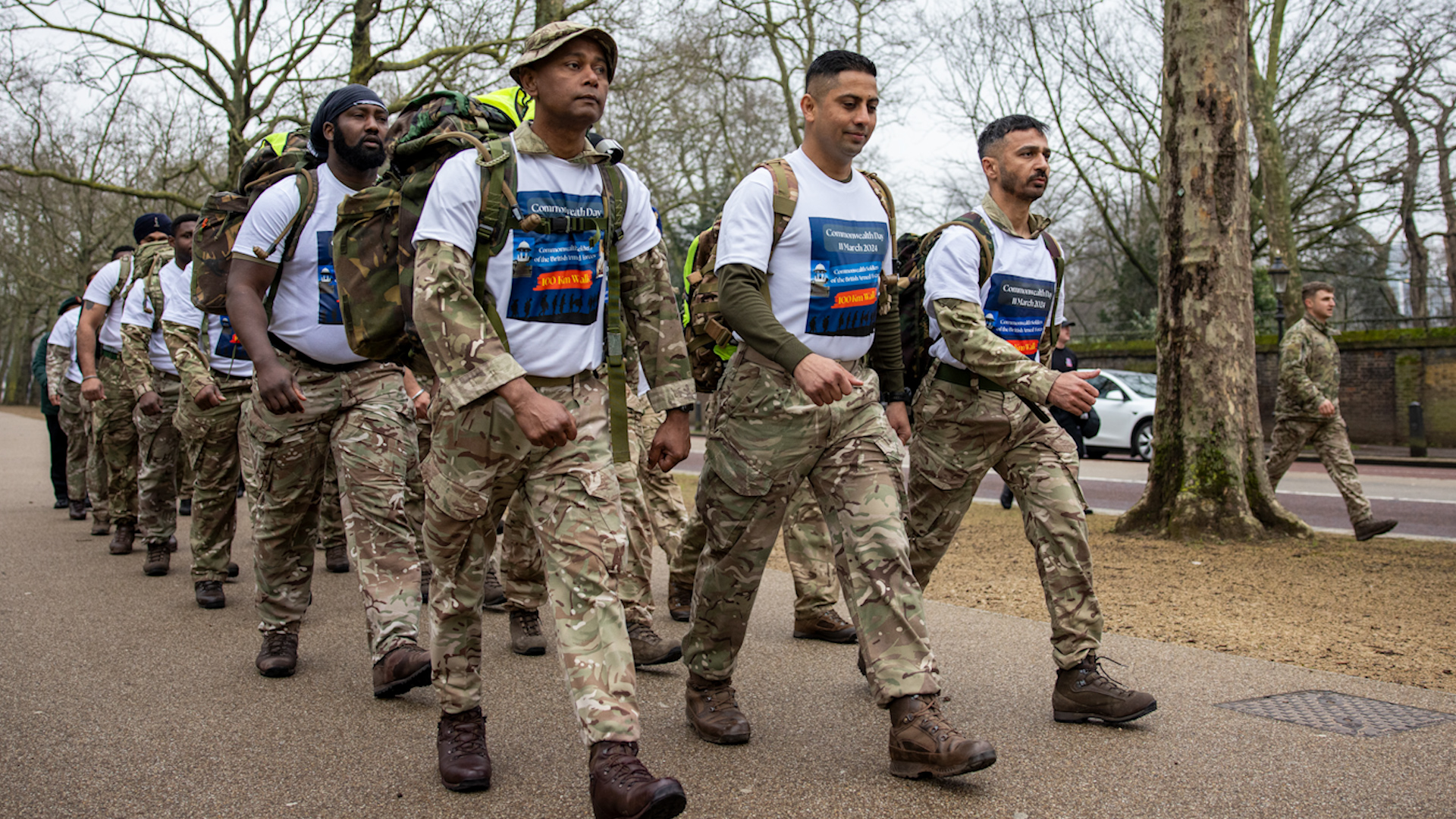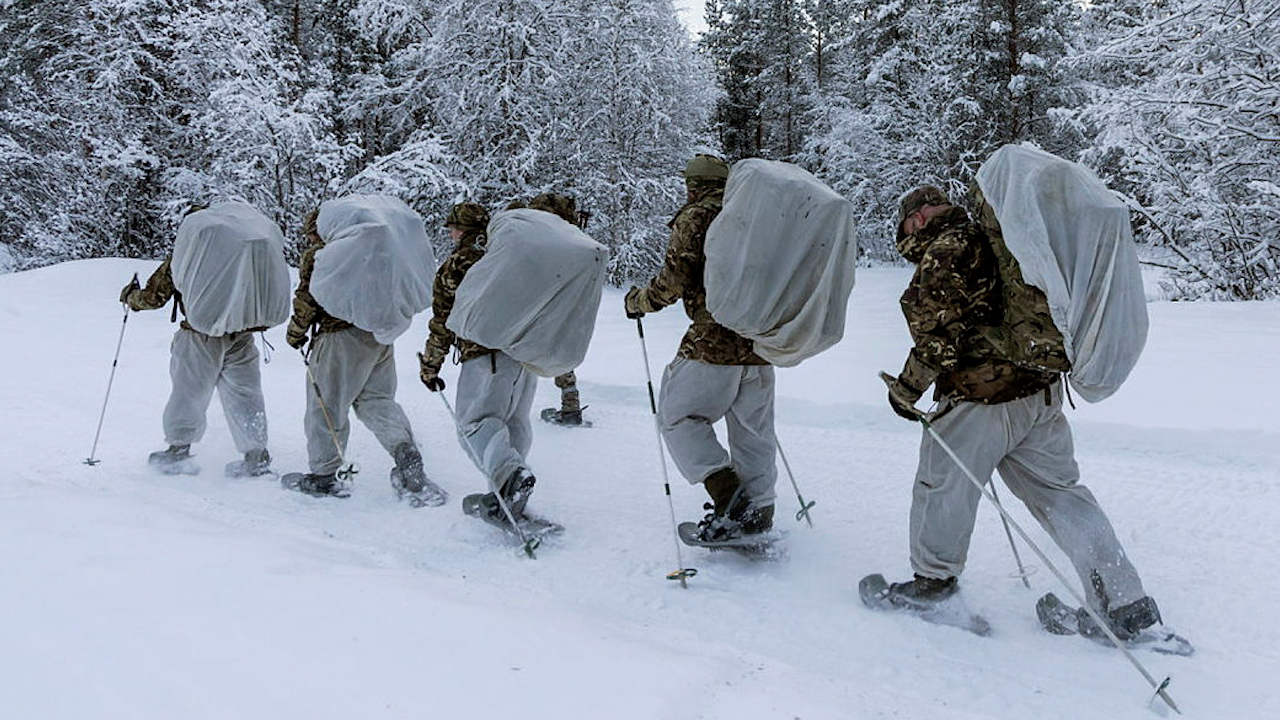
Bergen v Bergan: What do you call your military backpack?

The British Army's backpack has been the subject of endless debate around its spelling, either Bergan or Bergen.
The backpack's origins with the British Army can be traced to the Norwegian resistance fighters in the Second World War, but since then it has become a standard piece of equipment for the UK.
However, what is the correct spelling for the military backpack?
The backpack can trace its name back to the Norwegian manufacturer Ole F Bergan.
In 1913, Bergan's rucksacks were introduced into the Norwegian Armed Forces, and, in 1922, they equipped the British Mount Everest Expedition during the first serious climb of the mountain.
During the rest of the decade, the company's backpacks were further expanded for a variety of uses, including military equipment.
During the Second World War, the Norwegian resistance introduced the Bergan backpack to the British Army who began copying them because the originals could not be acquired.
Today, the large British Army backpack is commonly referred to as the 'Bergan' or 'Bergen'.

As the British Army copied the Bergan, it is possible that it was spelt differently as it was not the original 'Bergan' backpack.
Furthermore, the city of Bergen, located in the west of Norway, could also have contributed to the debate around the spelling of the backpack's name.
The military backpack contains a soldier's equipment but is separate from their Personal Load Carrying Equipment (PLCE) which is the tactical webbing system.
Inside a 'Bergan' or 'Bergen' backpack, an individual soldier is expected to carry their sleeping system, their roll mat, shelter, tools, clothing plus any spare equipment.
The weight of the backpack can vary, however, during weighted tabs a soldier could be expected to carry as much as 25kg, in addition to their PLCE.










